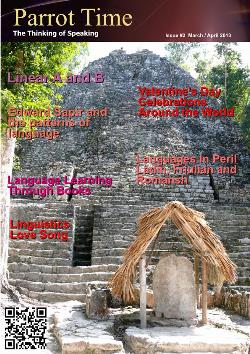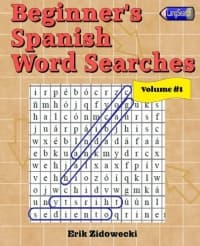 Southern Paiute indians Classifying American Indian Languages
Edward Sapir did a lot of work with Native American Indian languages and people, a few of which were on the very brink of extinction. Among the languages and cultures studied by Sapir were:
- Wishram Chinook - One of the three varieties of Chinookian which is a language used by the Chinook people in Oregon and Washington.
- Navajo - Also called Navaho. An Athabaskan language spoken in the southwest United States by the Navajo people.
- Nootka - Also called Nuu-chah-nulth. A Wakashan language spoken in the Pacific Northwest on the west coast of Vancouver Island in British Columbia, Canada.
- Paiute - A group of languages belonging to the Numic branch of the Uto-Aztecan family, spoken by the Paiute people of the western United States.
- Takelma - Takelma was the language spoken by the Takelma people of southwestern Oregon. The last fluent speaker of Takelma worked with Sapir in writing about the language.
- Yana - Also called Yanan. An extinct language spoken in north-central California by the Yahi people.
In 1921, Sapir published a single page summary of a six-unit classification of the American Indian languages from his studies. He produced a complete version in 1929 with justifications and a classification of twenty-three units based on his work and that of his colleagues from almost twenty years. He viewed this classification as a series of hypothesis, and while some found it controversial and too bold in some of the combinations, many anthropologists instantly accepted them as a concrete guide to language classification and tribal relationships.
|
I. Eskimo–Aleut
II. Algonkin–Wakashan
- 1. Algonkin–Ritwan
- (1) Algonkin
- (2) Beothuk (?)
- (3) Ritwan
- (a) Wiyot
- (b) Yurok
- 2. Kootenay
- 3. Mosan (Wakashan–Salish)
- (1) Wakashan (Kwakiutl–Nootka)
- (2) Chimakuan
- (3) Salish
III. Nadene
- 1. Haida
- 2. Continental Nadene
- (1) Tlingit
- (2) Athabaskan
IV. Penutian
- 1. Californian Penutian
- (1) Miwok-Costanoan
- (2) Yokuts
- (3) Maidu
- (4) Wintun
- 2. Oregon Penutian
- (1) Takelma
- (2) Coast Oregon Penutian
- (a) Coos
- (b) Siuslaw
- (c) Yakonan
- (3) Kalapuya
- 3. Chinook
- 4. Tsimshian
- 5. Plateau Penutian
- (1) Sahaptin
- (2) Waiilatpuan (Molala–Cayuse)
- (3) Lutuami (Klamath-Modoc)
- 6. Mexican Penutian
- (1) Mixe–Zoque
- (2) Huave
|
V. Hokan–Siouan
- 1. Hokan–Coahuiltecan
- A. Hokan
- (1) Northern Hokan
- (a) Karok, Chimariko, Shasta–Achomawl
- (b) Yana
- (c) Pomo
- (2) Washo
- (3) Esselen–Yuman
- (a) Esselen
- (b) Yuman
- (4) Salinan–Seri
- (a) Salinan
- (b) Chumash
- (c) Seri
- (5) Tequistlatecan (Chontal)
- B. Subtiaba–Tlappanec
- C. Coahuiltecan
- (1) Tonkawa
- (2) Coahuilteco
- (a) Coahuilteco proper
- (b) Cotoname
- (c) Comecrudo
- (3) Karankawa
- 2. Yuki
- 3. Keres
- 4. Tunican
- (1) Tunica–Atakapa
- (2) Chitimacha
- 5. Iroquois
- (1) Iroquoian
- (2) Caddoan
- 6. Eastern group
- (1) Siouan–Yuchi
- (a) Siouan
- (b) Yuchi
- (2) Natchez–Muskogian
- (a) Natchez
- (b) Muskogian
- (c) Timucua (?)
|
VI. Aztec–Tanoan
- 1. Uto-Aztekan
- (1) Nahuatl
- (2) Piman
- (3) Shoshonean
- 2. Tanoan–Kiowa
- (1) Tanoan
- (2) Kiowa
- 3. Zuñi (?)
|
| 




















